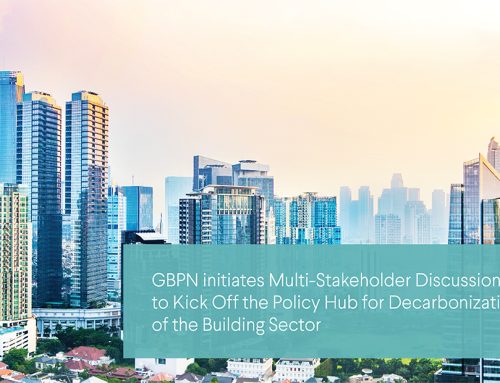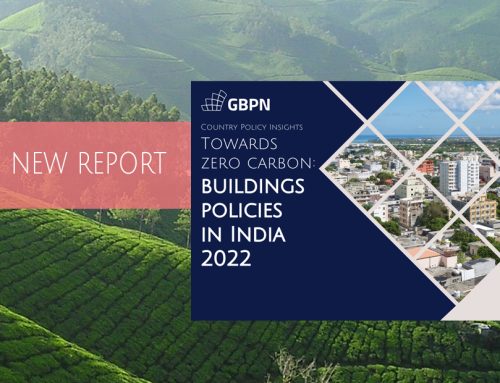Collaborative Thinking: a Key Driver for Transformative Change in the Building Sector
I have worked with energy efficiency in buildings for many years and in different roles. I have seen this from multiple sides, but it always surprised me how fragmented the building sector is at all levels.
The WBCSD made a fantastic illustration on this some years ago. They made a vertical fragmentation in different levels from planning to practical construction, and a horizontal separation in technical aspects. They ended up with a pyramid separated in small splints like a broken mirror. Each represents an important stakeholder in energy performance.
Individual projects are different and problems are solved locally in each building, especially by renovation. This fragmentation therefore also has a third dimension. If we look at the whole sector, it is like someone broke a mirror and then stepped on the pieces to make it even more difficult to solve the puzzle.
GBPN has adopted the deep path meaning new buildings should go towards zero and plus energy, while existing buildings should undergo deep energy renovations.
Most of you will agree, that we need a holistic thinking to promote buildings to go deep. New buildings must be designed as systems where all things are balanced out in perfect harmony. Deep renovation of buildings must also be based on a holistic understanding. Improvement of building shell must work in harmony with passive energy and efficient systems.
This demands for all actors to work close together. But this is a huge challenge in a sector where the structure is fragmented and salary agreements encourage individual thinking. With many decision makers, counting hundreds of millions owners and actors, there is a need for political action.
The fragmented sector however gives confusing signals for politicians and those involved in development of new initiatives. One day it is windows to improve; the next day it is HVAC system; then solar systems or maybe electronics that will save the buildings sector. Each group is telling a good and convincing story.
But this is wrong, as it is a holistic combination of all these measures that will bring high performance buildings and deep renovations where only a fragment of the energy is needed. Usually there is no strong voice to tell this story.
For me as Technical Director at the GBPN it is a dream that comes true when we have developed this platform for true collaboration. Based on the dream to bring together all actors in dialogue and support free knowledge exchange. Documenting the best solutions, which are needed for good decisions and for transformative change.
I hope that through this platform new collaboration can ensure that most of us tell the same and compelling story about holistic buildings designed for low, no or positive energy. Combining all best solutions in harmony.
Now I have a new and bigger dream – to change this collaboration into negawatts and giga-nega-tons of saved CO2 emission from the building sector.
Jens Laustsen, GBPN Technical Director
Related News
- [Tool] Why launch a Knowledge Platform?
- [Tool] Linked Open Data to Stimulate Better Building Policies
- 为何发起知识平台?
- [Event] Second GBPN Annual Building Sector Symposium, 27th and 28th of May
Related Laboratory Projects
Share This Story, Choose Your Platform!
Stay in touch with how we’re transforming the buildings sector
GBPN runs innovative building policy reform programs in key regions around the world that aim to tackle the climate emergency by decarbonising the buildings sector. Stay up to date with our newsletter.
Stay in touch with how we’re transforming the buildings sector
GBPN runs innovative building policy reform programs in key regions around the world that aim to tackle the climate emergency by decarbonising the buildings sector. Stay up to date with our newsletter.






